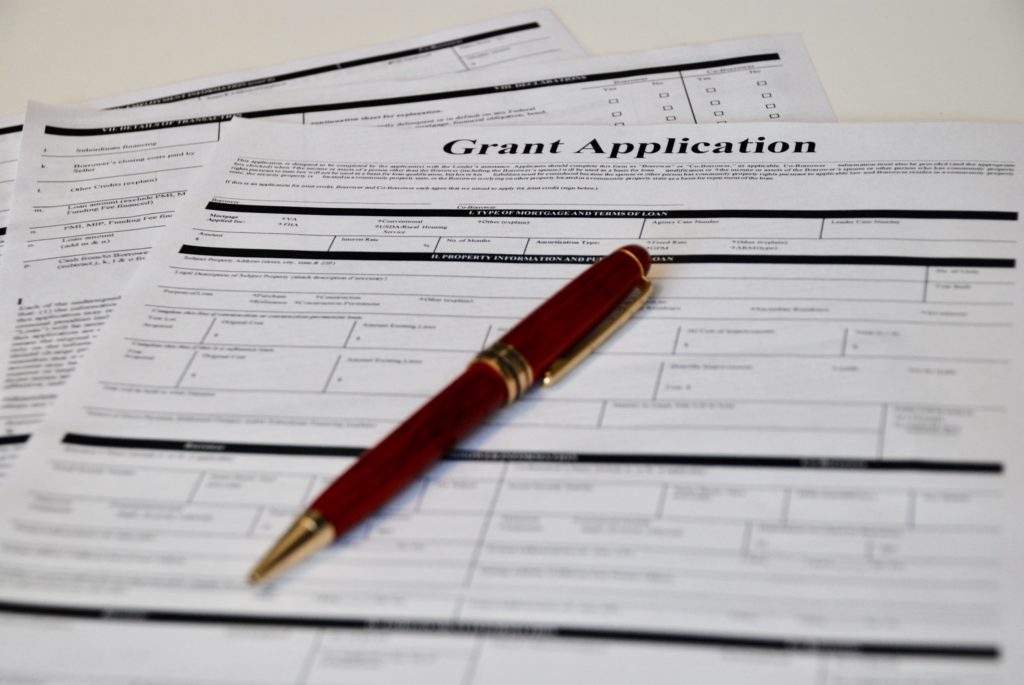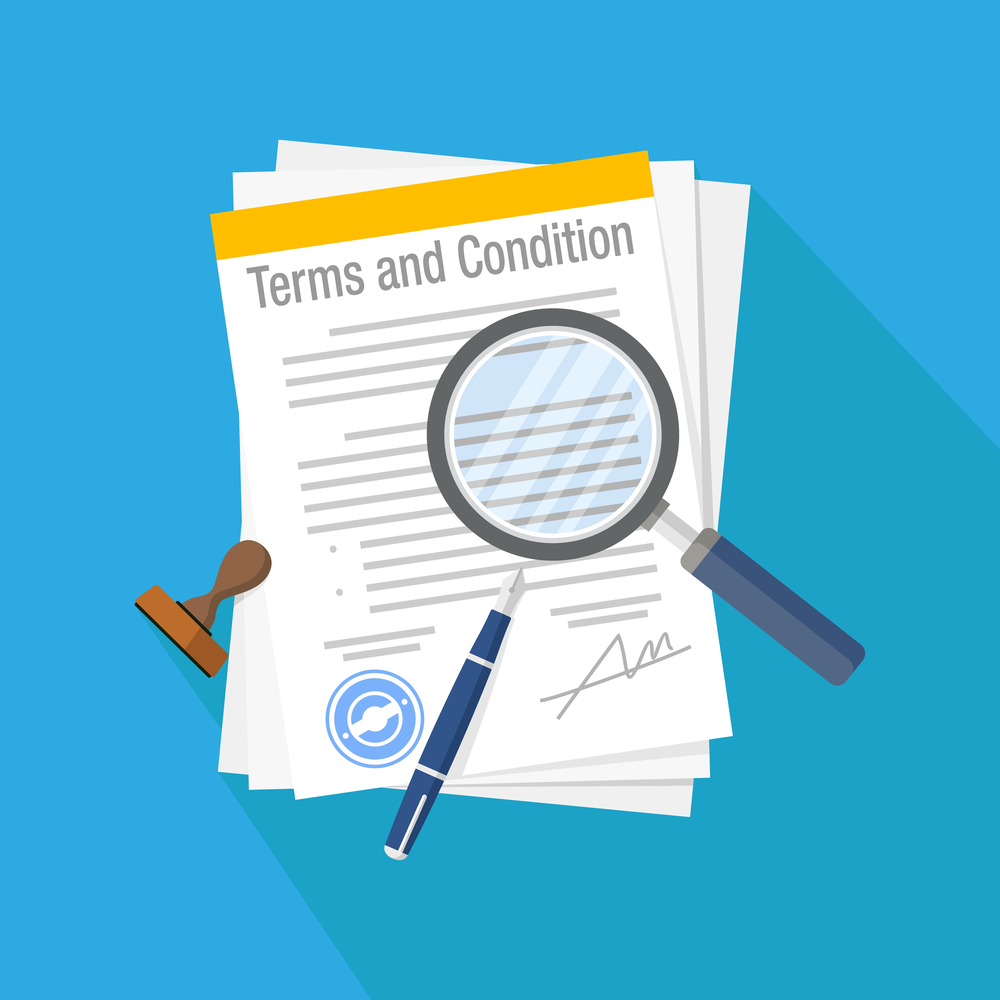April 12, 2024
June 03, 2021

Tech startups, who wants some free money????
You just may be in luck. The Small Business Innovation Research (SBIR) and Small Business Technology Transfer (STTR) programs represent the nation’s largest sources of early-stage funding for technology startups. These programs can be extremely beneficial to startup companies because they provide non-dilutive capital that enable companies to grow without reducing the shareholders’ equity positions.

But there is a catch.
Accepting SBIR/STTR money triggers numerous requirements that the recipient company (“contractor”) must manage to avoid impacting its intellectual property rights. Unfortunately, these provisions are frequently misunderstood or ignored. Such failures can leave companies with significant uncertainty surrounding their IP rights, which can impact their ability to license technology, obtain investment, or be acquired.
In Part I of this post, I will provide a summary of the IP-related requirements that arise in the context of participation in the SBIR/STTR programs.
In Part II, I will discuss strategies for minimizing the impact on IP rights stemming from participation in SBIR/STTR programs.
In Part III, I will explain a provision in the SBIR/STTR Policy Directive that may enable contractors to obtain additional government funding towards legal fees incurred for protecting IP rights developed through participation in these programs.
Part I: IP-Related Consequences of Accepting SBIR/STTR Funds

Contractors receiving government grants generally have the opportunity to retain ownership of all IP developed in association with the grant. The government generally encourages and prefers that grant recipients make full use of their IP and work diligently to commercialize the technology resulting from the grant. Nevertheless, to protect its interest in the technology, the government assumes certain rights in the IP and sets forth various requirements for contractors to retain title. These rights and requirements are summarized below.
1) In Exchange for Funding, Contractors Must Grant the Government a (Limited) License to Inventions Developed with Federal Funds
Contractors receiving federal grants are required to execute a limited license to the government for federally funded invention. This license enables the government to utilize the licensed technology for its own purposes without providing any additional compensation to the contractor. The government’s rights under the required license are non-exclusive (meaning the contractor can still license rights to other third parties) and non-transferrable (meaning that the government cannot assign its rights to other third parties).
2) The Government Maintains “March-In Rights” Associated with Federally Funded Inventions
To protect the government’s interest in commercialization of federally funded technology development, the government reserves “march-in rights” that authorize the granting federal agency to investigate the contractor’s use of IP developed under the grant, and under certain conditions, authorize the government to force the contractor to license the IP to a third party. In practice, the government has rarely, if ever, exercised its march-in rights.
3) Contractors Must Adhere to Specific Reporting and Patent Filing Requirements Associated with Development of Federally Funded Inventions or Risk Losing Title to the IP
Contractors receiving federal grants must comply with a set of reporting and filing requirements associated with the grant. Specifically, contractors must:
(a) Report inventions to the granting agency within 2 months of the conception or reduction to practice of the invention;
(b) Submit an election to retain title to the invention within the earlier of 2 years of the initial disclosure or 60 days from a statutory bar to file a patent; and
(c) File a patent application to a federally funded invention within 12 months of the notice of election to retain title or before a statutory bar, whichever is earlier.
Failure to adhere to these requirements authorizes the government to elect to assume ownership of the IP rights.
4) Contractors Must File a U.S. Non-Provisional Patent Application Within a Shortened 10-Month Deadline of Filing a Provisional Applications
A contractor that files a U.S. Provisional Patent Applications covering federally funded inventions must generally file a non-provisional application within a shortened 10 month period from the provisional filing date instead of the normal 12 month statutory period. The deadline can be extended to the normal 12 month period upon written request.
5) Contractors Must Disclose Government Rights in the Specification of the Patent Application
A patent application specification for a federally-funded invention must clearly disclose that the government has certain rights in the invention.
6) Contractors Must Given Preference to U.S.-Based Manufacturing of Federally-Funded Inventions
In exchange for federal funds, the contractor must agree that products encompassing federally-funded inventions must be manufactured substantially in the United States. This provision also precludes the contractor from granting an exclusive license to the IP rights without an agreement that the licensee also manufactures substantially in the U.S. Such provisions may be waived upon request if certain conditions are met.

In Part II, I will provide strategies for limiting the impact on IP rights arising from participation in the SBIR/STTR programs. Stay tuned!
Amsel IP Law offers flat fee startup packages for companies participating in SBIR/STTR programs. The package includes the following tasks:
Contact an Austin Patent Attorney at Amsel IP Law for more information and for a customized flat fee quote.
Amsel IP Law would like to send you occasional news and updates. Click ‘Sign up’ below to join the firm’s mailing list. You can unsubscribe at any time.